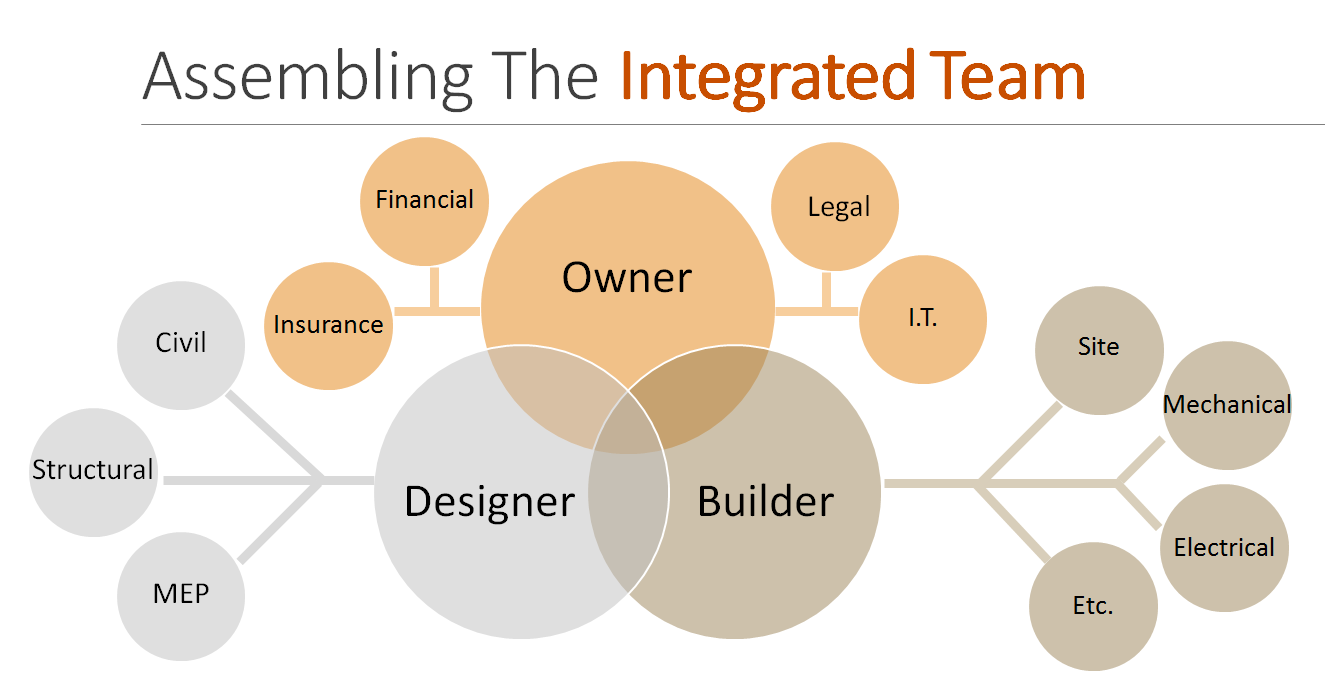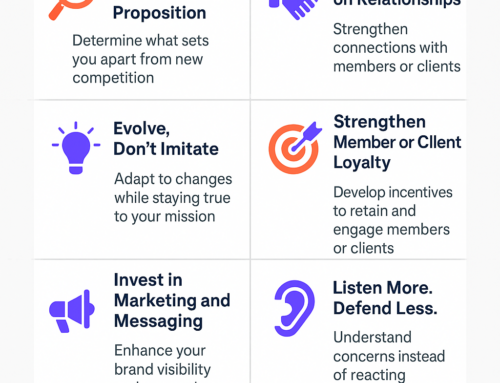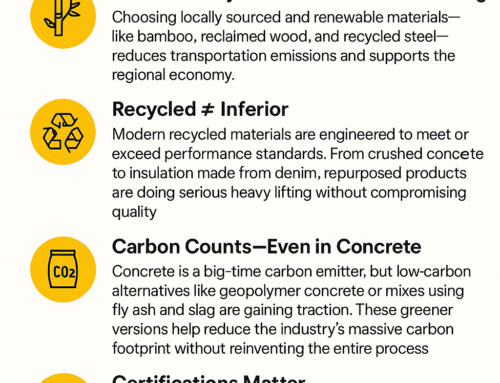I was recently asked why don’t we use IPD for all projects as it seems to make more sense. Well, when it’s explained and all the benefits or pros are shared it does seem to make sense. But what about the cons viewed from the owner perspective? This isn’t meant to represent every owner, but, these are common objections. We welcome debate and further discussion as we are always looking to better project delivery!
So, what is IPD? Integrated Project Delivery (IPD) is a collaborative approach to construction project delivery that involves early collaboration between key stakeholders including the owner, architect, and contractor. While IPD has several advantages such as improved communication, reduced conflicts, and potentially faster project delivery, it may not always be preferred by consumers for several reasons:
-
Complexity and Risk: IPD requires a high level of collaboration and coordination among various parties from the outset. This complexity can be intimidating for some consumers, especially those who are more comfortable with traditional methods like Design-Bid-Build (DBB) where roles and responsibilities are more clearly defined.
-
Cost: While IPD can potentially lead to cost savings through improved efficiencies and reduced conflicts, the initial costs of implementing an IPD approach may be higher. For example, there may be additional expenses associated with early collaboration and coordination efforts.
-
Control: In IPD, decision-making is typically shared among multiple stakeholders, including the owner, architect, and contractor. Some consumers may prefer the control they have in DBB, where they can make decisions independently and have more direct oversight of the project.
-
Familiarity: DBB has been the traditional method of project delivery for many years, and some consumers may simply be more comfortable with this approach due to its familiarity. They may be hesitant to switch to a relatively newer approach like IPD, especially if they perceive it as unproven or risky.
-
Legal and Contractual Considerations: IPD often requires more complex contractual agreements compared to DBB. Some consumers may be hesitant to navigate these legal complexities, especially if they have limited experience with such contracts.
-
Culture and Organizational Structure: Some organizations may have a culture or organizational structure that is not conducive to the collaborative nature of IPD. For example, hierarchical organizations may struggle to adapt to the more egalitarian decision-making process inherent in IPD.






